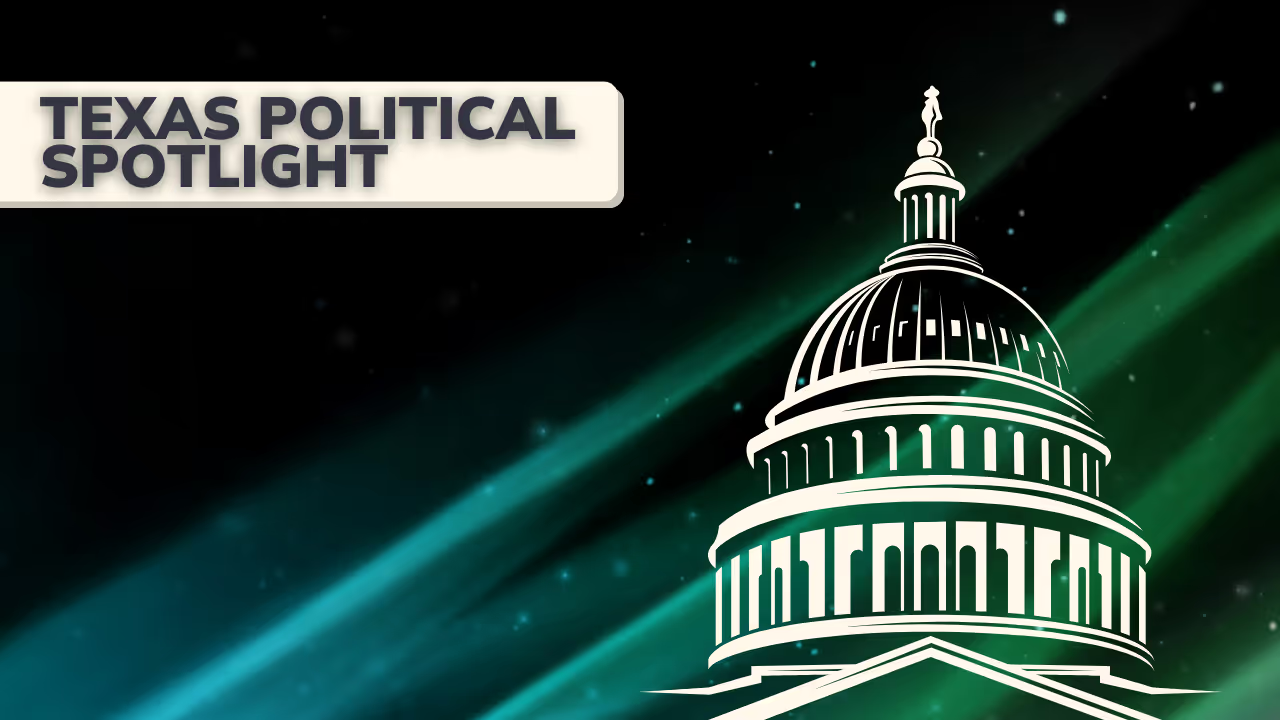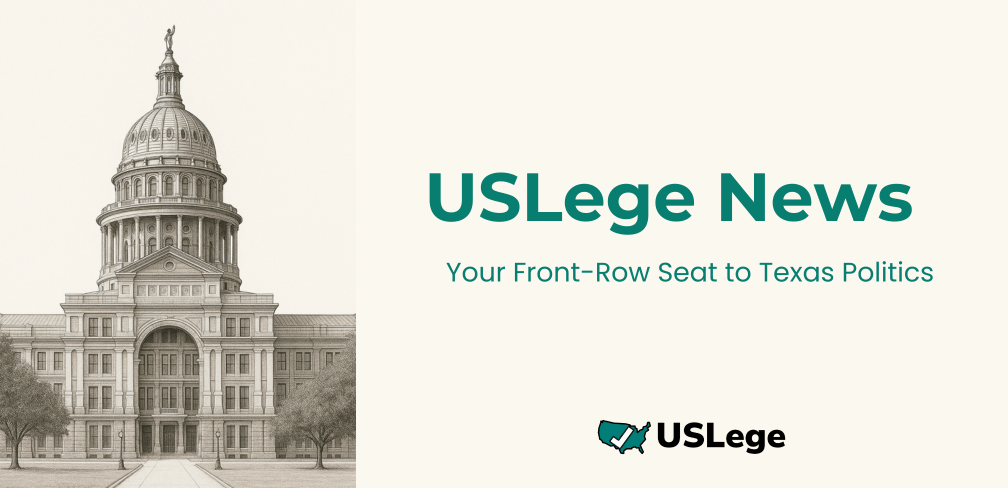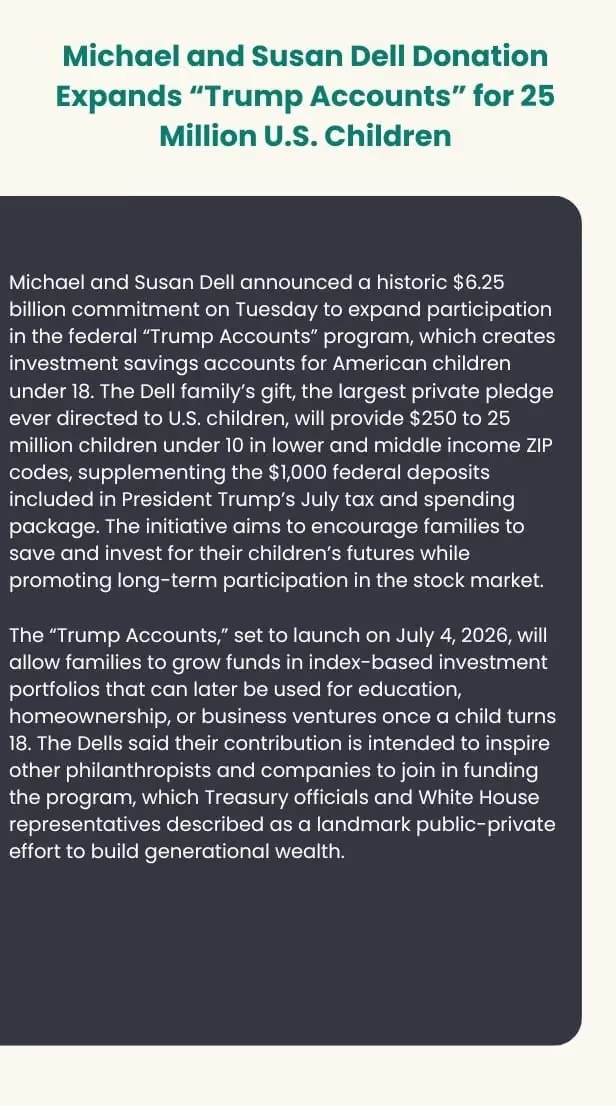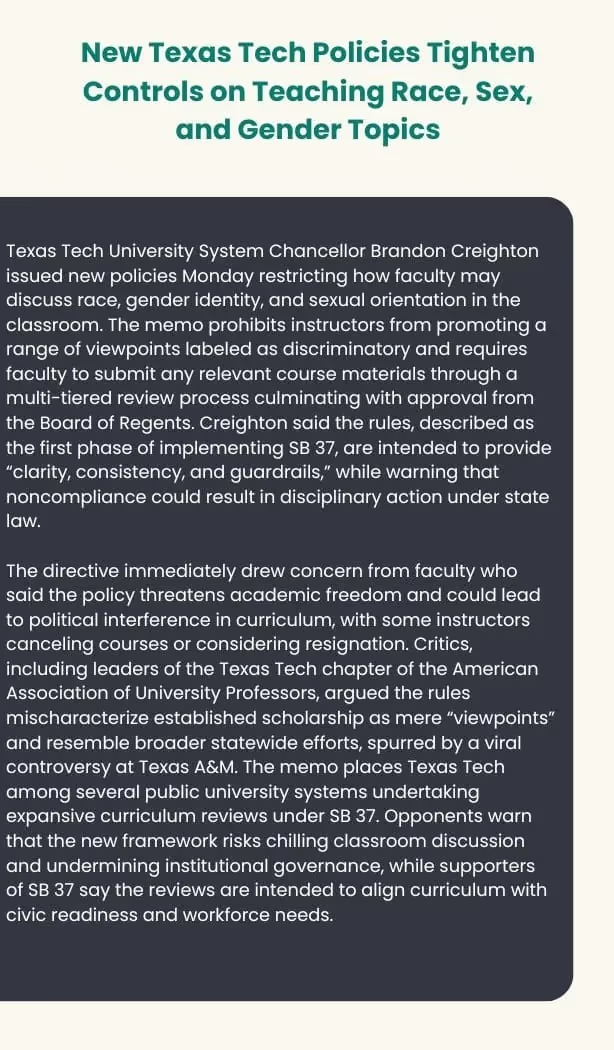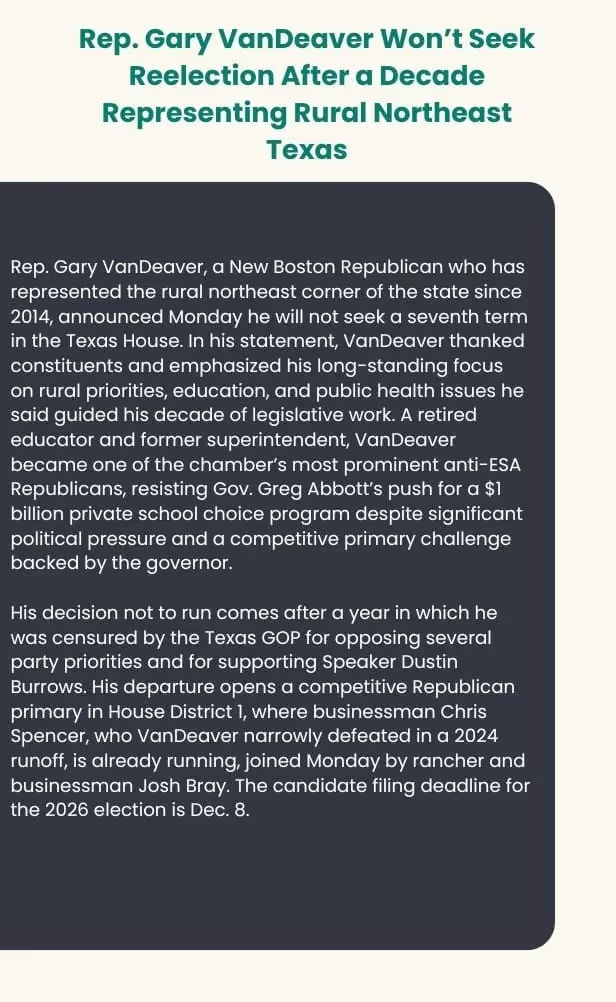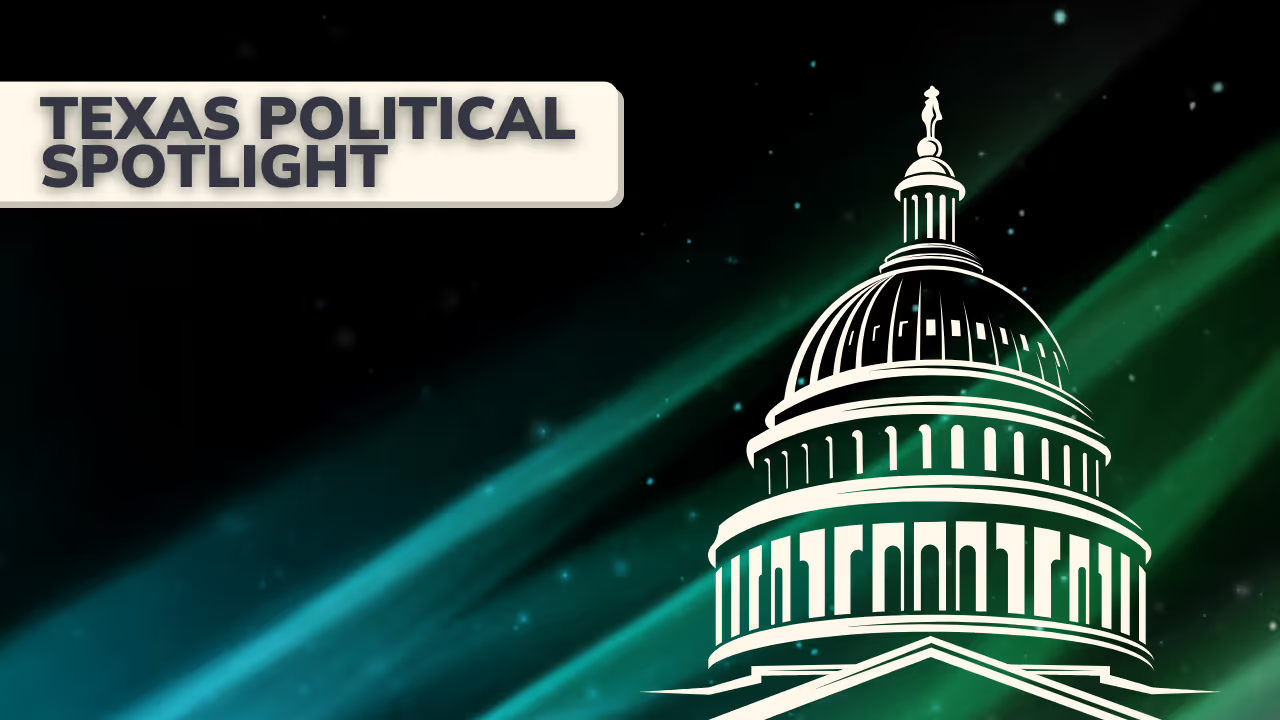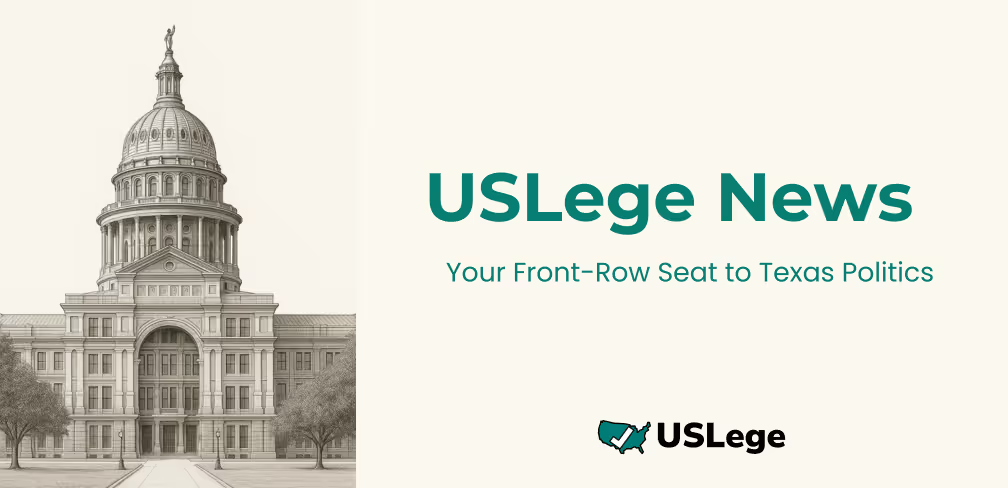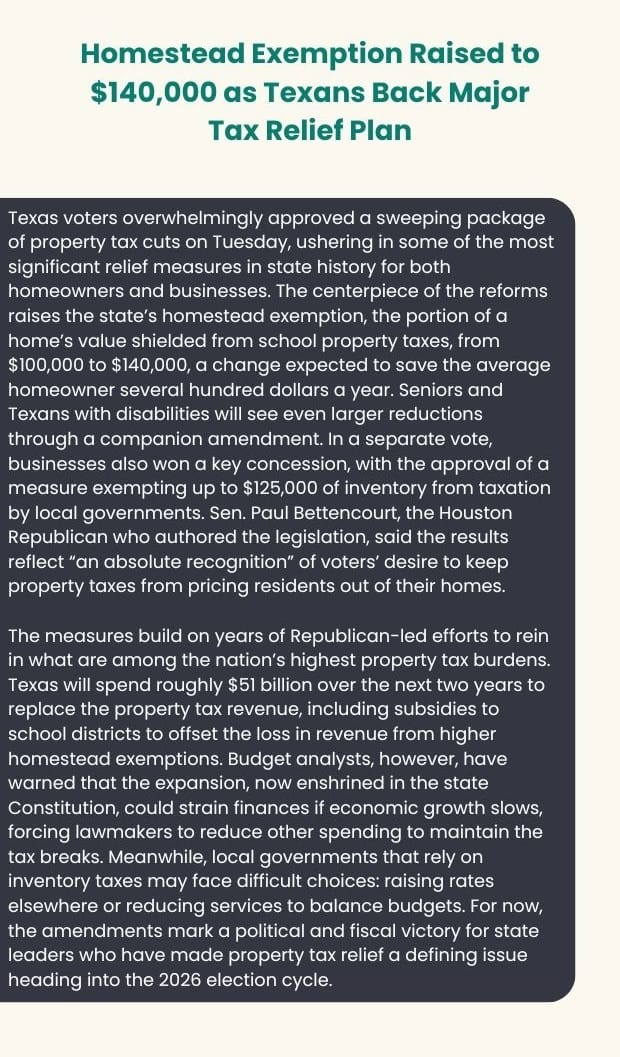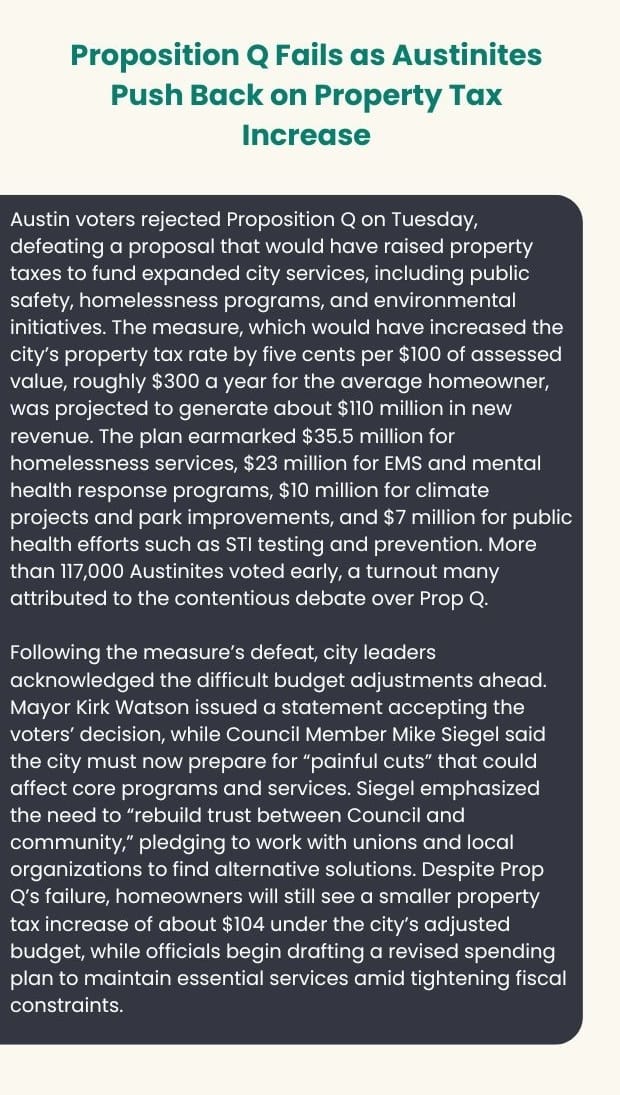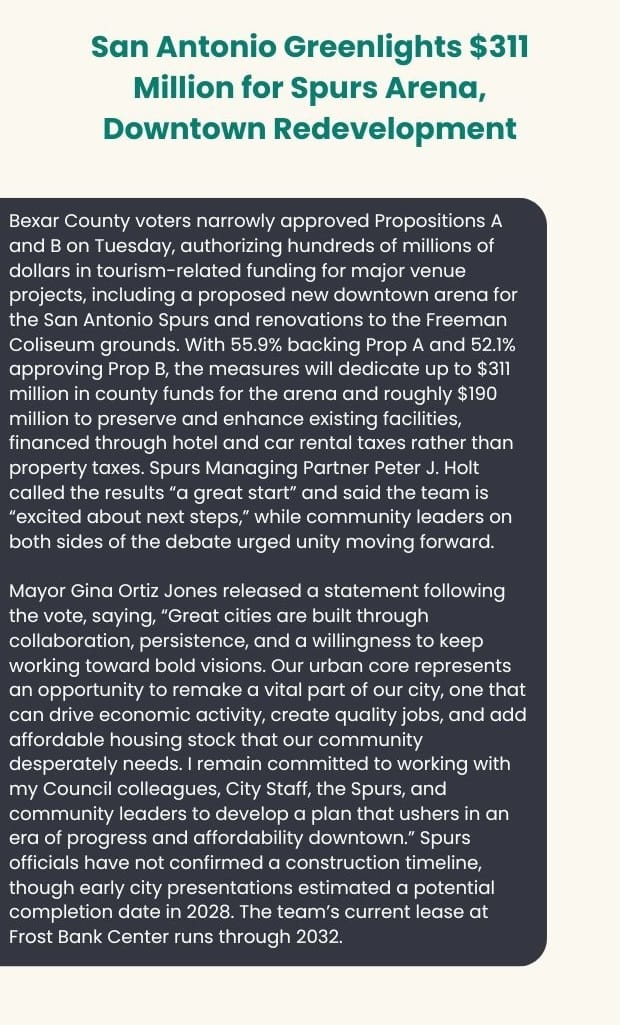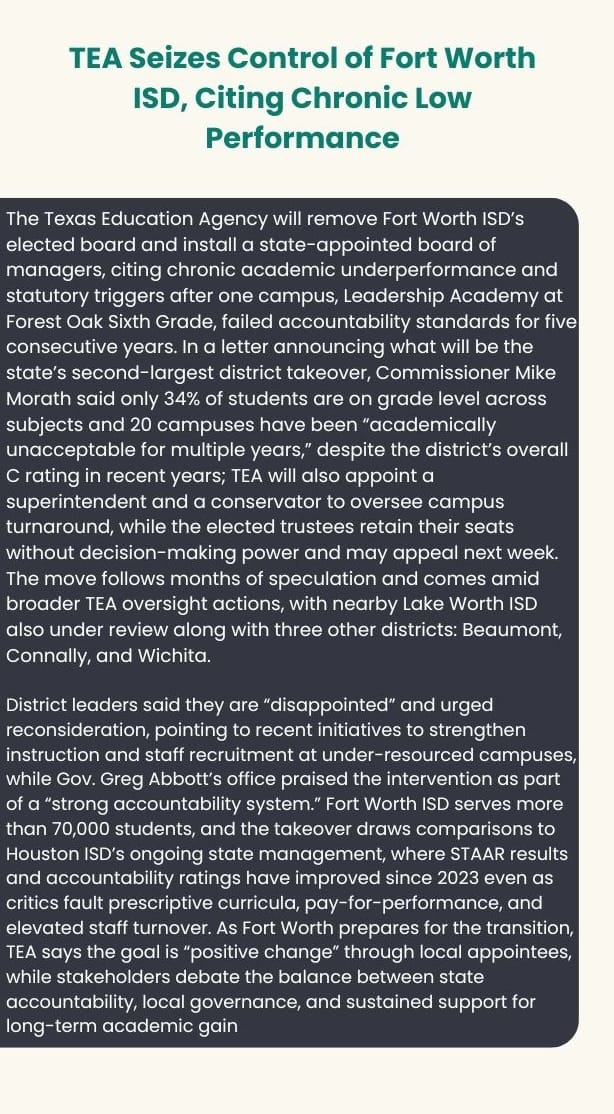Just over 432K Texans cast a ballot in the Democratic gubernatorial runoff election, setting a new record for lowest participation in a Democratic gubernatorial runoff in state history and barely eclipsing the number of people who cast ballots in Republican runoffs (at least 408K) across the state.
The previous low-water mark for Democratic gubernatorial runoff turnout was 449K, set nearly a century ago. This was the 44th election year in state history for which at least one statewide Democratic nomination was settled via a runoff. The number of votes cast in this year’s Democratic runoff election ranks 37th out of those 44 runoff election years.
Compared to the primary election, the 2018 Democratic runoff set a record for the largest gap between the number of voters participating in primary and the gubernatorial runoff. Around 600K voters who participated in the 2018 primary election did not return for the runoff. Previous high drop-offs were a little over 360K voters in 1968 and 1990.
If one were to look at a much shorter timeframe, then Tuesday’s Democratic turnout looks a bit better:
- Compared to 2016, Democratic runoff turnout is up 131%.
- The number of voters participating in the 2018 Democratic runoff is 35% higher than the average number of voters participating in statewide Democratic runoffs since 2000.
- More people voted in the 2018 Democratic runoff than in the 2012 and 2016 Democratic runoffs combined.
- More people voted in the 2018 Democratic runoff than in five of the last seven Democratic runoff elections for which there was a statewide race on the ballot, and, almost certainly, seven of the past nine Democratic runoff elections overall (including 2004 and 2010, for which there were no statewide runoffs).
Yesterday’s Democratic turnout also looks favorable compared to historical Republican runoff turnout.
- More people voted in the 2018 Democratic runoff than in all but two Republican runoff elections in state history.
- More than seven and a half times as many people voted in the 2018 Democratic gubernatorial runoff than in the state’s only Republican gubernatorial runoff (1972).
There have been just 15 Republican runoff elections with at least one statewide office on the ballot, all of them since 1964.
Despite the lack of a statewide Republican runoff contest and the fact that 110 counties had no Republican runoff races whatsoever, we calculate the number of Republican votes cast was at least 408K, making it the third highest in state history for a Republican runoff election year, trailing only 2014 (1.36M) and 2012 (1.11M).
We surveyed county-level election results from the 144 counties that held some kind of Republican runoff and selected either the highest countywide race total or the sum of non-overlapping precinct-level race totals to calculate a statewide participation number.
Of course, all of the preceding statements focus on the number of people casting ballots in runoff elections, not the percent of registered voters or the percent of the voting-eligible population. In 1990, 13.6% of registered voters voted for Ann Richards or Jim Mattox in the most recent previous Democratic gubernatorial runoff. In 2018, about 2.8% of registered voters cast ballots for Lupe Valdez and Andrew White.
Meanwhile, Republican turnout was 2.7% of all registered voters and about 3.5% of eligible registered voters.
As one might expect, historically low turnout for a Democratic gubernatorial runoff necessarily translates into historic lows for the nominee. Lupe Valdez is the first gubernatorial of either party to receive fewer votes in that runoff than in the primary election. Every other past gubernatorial runoff winner – 13 Democrats, one Republican – grew their support from the primary election by an average of nearly 60%. Valdez lost nearly half of her initial voters.
Valdez received fewer votes than any other Democratic gubernatorial nominee chosen in a runoff election in Texas history. She received around 37K votes less than the next-lowest Democratic gubernatorial runoff vote-getter, Pat Neff. A little over 264K Texans voted for him in the 1920 Democratic runoff. 4.7M people lived in Texas back then, and it was the first-ever runoff for governor and second-ever runoff in state history. There are more than 28.3M people living here today, of which 15.25M are registered to vote.
Valdez received fewer votes in yesterday’s Democratic runoff than all but two Democratic gubernatorial candidates who lost their runoff races.
She lost 131 counties to Andrew White, although his margin was less than 50 votes in 84 of them. This is actually better than Richards, who lost 146 counties to Jim Mattox in the 1990 runoff before going on to win the general election.
Valdez is likely setting one more record on her way to the general election against Gov. Greg Abbott (R). No major party gubernatorial nominee has ever ended a primary campaign more than $40M behind in cash on hand. Valdez reported having $115K on hand as of May 12. Abbott reported having just over $41M on hand as of February 24. He’s probably added to that total since.
©2018 Texas Election Source LLC





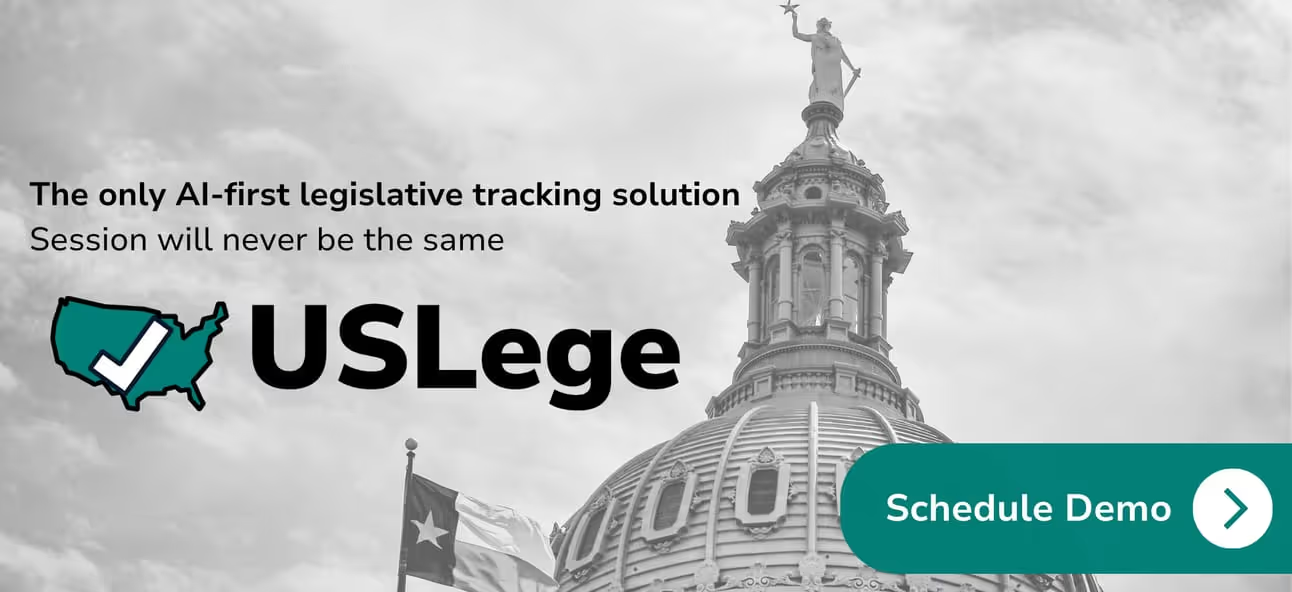
.avif)

















.avif)
